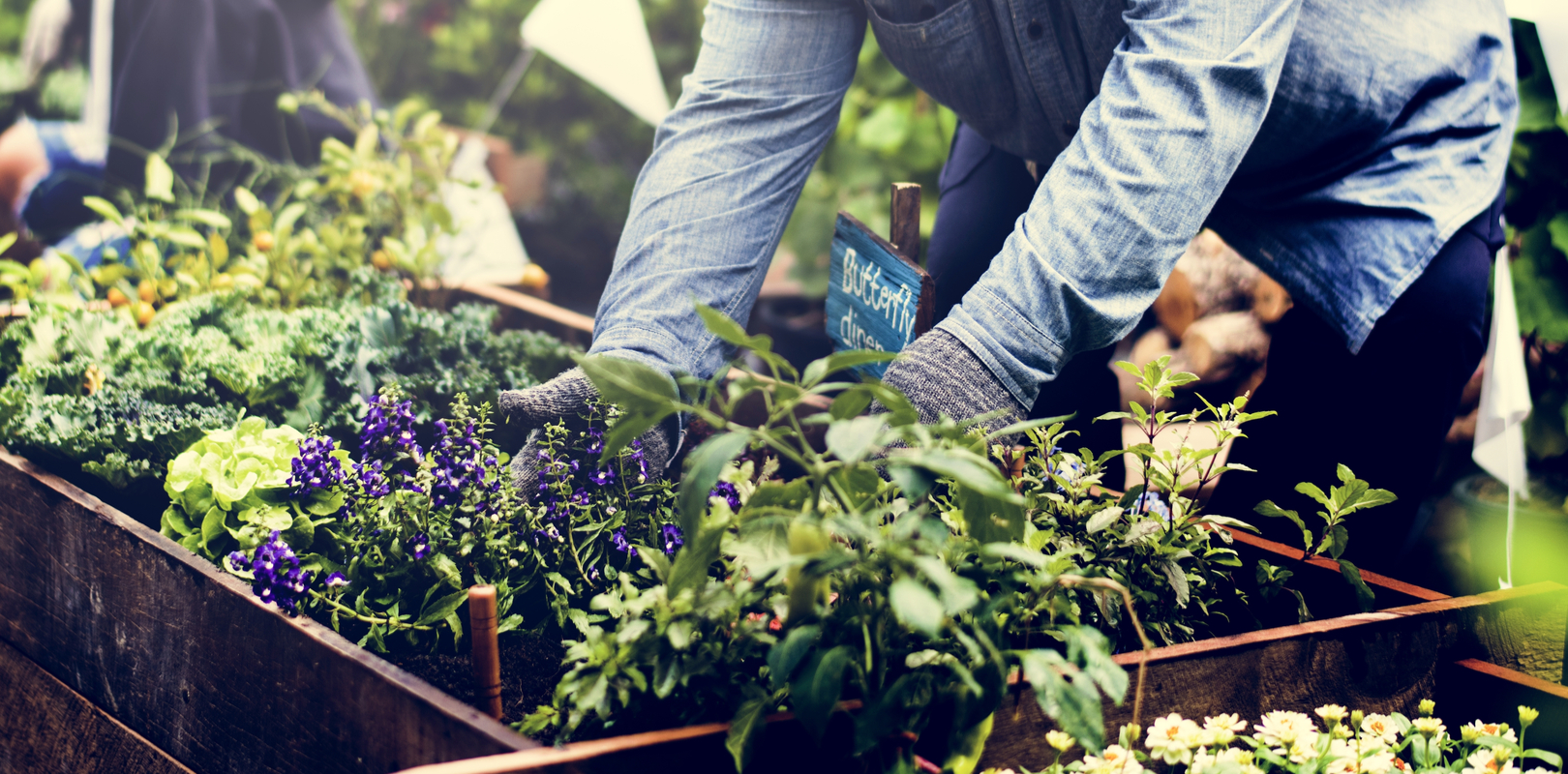Urban farming is experiencing somewhat of a revival, with family vegetable gardens, microfarms and community gardens. These agricultural practices are gradually invading the city. What’s more, in addition to producing food, they also have environmental, social and educational benefits.
Urban farming is not a recent practice. People have been planting urban gardens for centuries to cope with food shortages. After World War II, however, farmers were forced off their arable land and out of the cities as urbanisation accelerated.
More recently, agriculture has been returning to the city, as part of a citizens’ movement, invading gaps between buildings, the roofs of buildings or occupying vacant land.
A multi-faceted agriculture
Urban agriculture can sometimes be difficult to define as it covers a multitude of very diverse activities and can take many forms. There are plenty of variables, depending on the type of urban agriculture. One example that comes to mind is the economic system that underpins the agricultural undertaking, which may or may not be commercial. The location of the farm or garden is another factor.
There are also plenty of possibilities in terms of cultivation techniques, as you can grow crops directly in the ground or using soil-less systems. Urban agriculture can also rely on different distribution systems and work with a variety of stakeholders. So, you can’t really say that there is “one single type of agriculture”. There are many different urban agriculture practices and everyone is free to apply them as they see fit.
The challenges associated with urban farming
The main function of urban agriculture is to supply food. As such, it fulfils the growing need for food as a result of the rapid population growth in cities. But urban agriculture also has plenty of other benefits for cities and their inhabitants.
Urban agriculture makes cities more sustainable, creates short supply chains and contributes to the biodiversity of urban ecosystems.
Urban gardens are also a leisure space where the people involved in the project can interact with others and with nature.
Urban agriculture is also an excellent teaching aid, giving children the opportunity to explore the world of plants.
Finally, plants also improve air quality in the city, serve as temperature regulators and transform the urban landscape into a place where life is good.
Obviously there are also some downsides. Pollution of urban soil is often a problem and the shadow of the buildings around the garden may sometimes impact the garden’s growth.
